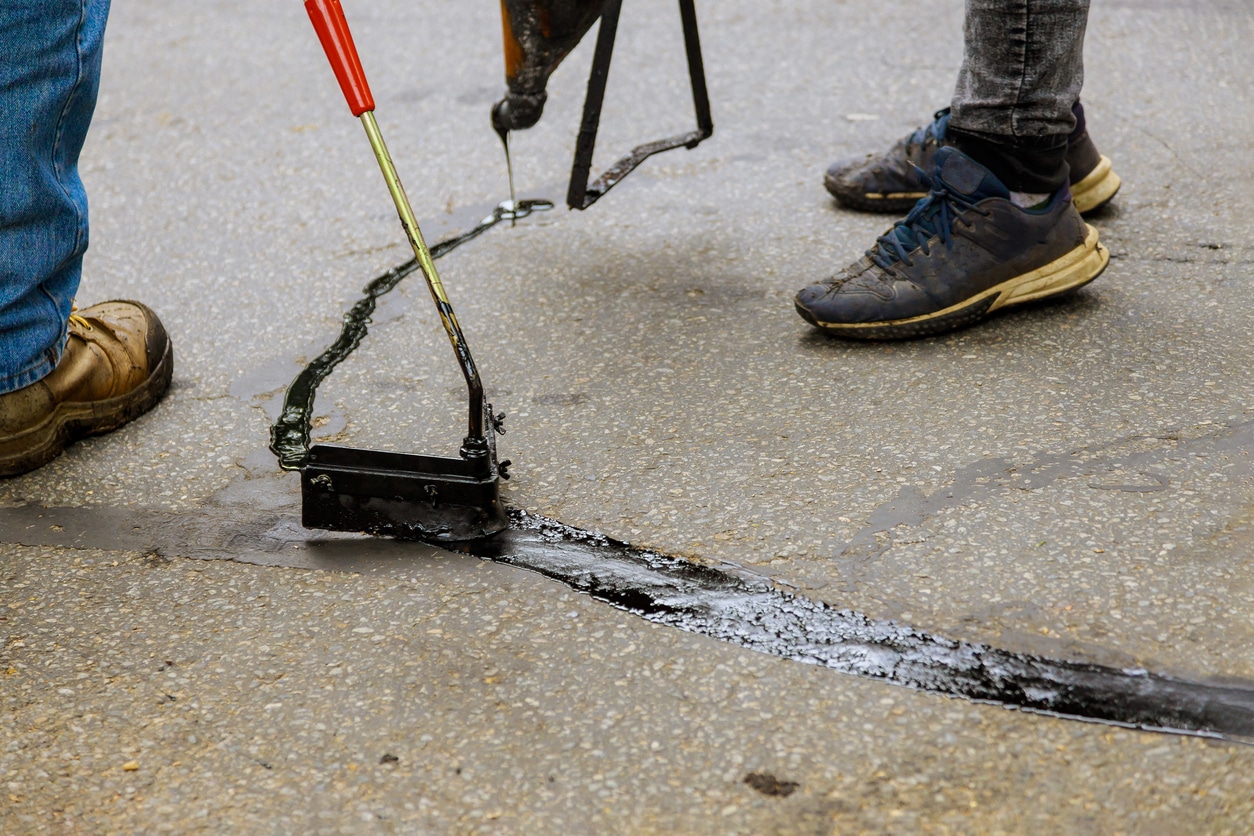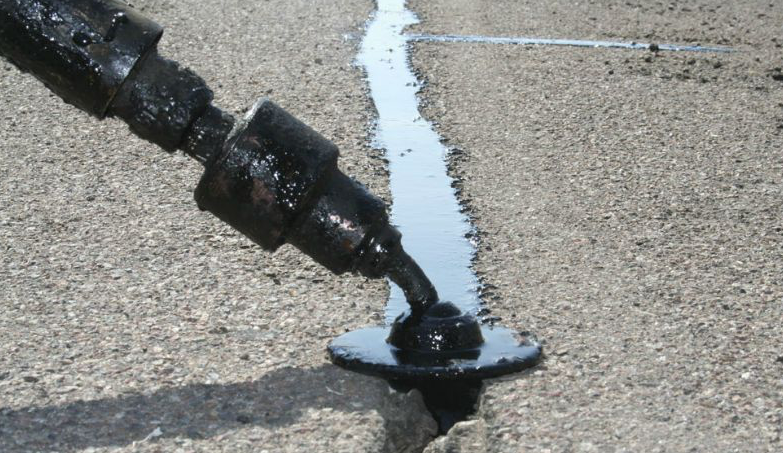Open the Keys of Asphalt Sealing: Taking Full Advantage Of Warm Mix Asphalt Long Life
Hot Mix Asphalt: A Sustainable Service for Sidewalk
Hot Mix Asphalt (HMA) has arised as a leading lasting selection for sidewalk services, providing a myriad of cutting-edge technologies and ecological advantages. Its capacity to reuse products and lower energy intake offers an engaging situation for its adoption in road construction projects. The long-lasting performance and resilience of HMA make it a favored option for framework advancement. As the demand for environmentally friendly construction practices expands, checking out the subtleties of HMA's sustainability can supply beneficial insights right into the future of sidewalk solutions.
Ecological Benefits of Warm Mix Asphalt

Furthermore, Hot Mix Asphalt aids to reduce city heat island results. Its dark shade takes in sunshine, decreasing the quantity of heat showed back into the ambience contrasted to lighter-colored sidewalks. This can decrease ambient temperature levels in metropolitan areas, reducing the need for air conditioning and inevitably lowering power consumption.
Furthermore, Warm Mix Asphalt adds to improved stormwater administration. Its porous nature enables water to recharge and infiltrate the pavement groundwater materials, lowering runoff and the risk of flooding. These environmental benefits make Hot Mix Asphalt a lasting option for paving freeways and roads.
Energy Effectiveness in HMA Production
Is power performance a crucial aspect in the production of Warm Mix Asphalt (HMA)? Power plays a considerable role in the manufacturing of HMA, influencing both expense and environmental sustainability. One crucial element of power performance in HMA production is the usage of warm mix asphalt (WMA) modern technologies.
Moreover, advancements in plant innovations have actually led to more energy-efficient HMA manufacturing processes. By optimizing energy use in HMA manufacturing, the market can lower its carbon footprint while preserving high-grade pavement products.
Recyclability of Warm Mix Asphalt
The recyclability of Hot Mix Asphalt (HMA) is an essential facet of its sustainability and long-term environmental influence. HMA is among the most recycled materials in the United States, with over 100 million lots of recovered asphalt pavement (RAP) being reused yearly in brand-new sidewalk construction. Recycling HMA supplies several environmental benefits, such as minimizing the demand for virgin materials, reducing energy usage throughout manufacturing, and lowering the quantity of waste sent to landfills.
The procedure of recycling HMA involves crushing go the existing sidewalk, crushing it into smaller sized items, and mixing it with new accumulation and asphalt binder to produce a recycled mix. Generally, the recyclability of HMA plays a considerable role in advertising lasting practices within the sidewalk industry.

Long-Term Performance of HMA
Asphalt pavements show resilience and durability over a prolonged period, mirroring the lasting efficiency of Warm Mix Asphalt (HMA) The long life of HMA can be credited to its capacity to withstand rush hour loads, severe weather, and the impacts of aging. Research studies have shown that well-designed and properly constructed HMA sidewalks can last for 20 years or more with regular maintenance. The key to taking full advantage of the long-term performance of HMA exists in making use of high-grade products, complying with best methods in building, and executing effective upkeep methods. Appropriate drainage, routine examinations, and prompt repair work are important for preserving the architectural stability of HMA sidewalks with time. Furthermore, developments in HMA technology, such as the usage of polymer-modified binders and warm mix asphalt, have additionally improved the resilience and durability of HMA pavements. By focusing on high quality construction and upkeep practices, HMA remains to prove itself as a economical and sustainable option for long-lasting pavement framework.

HMA: Longevity and Sustainability
Showing both longevity and sustainability, Hot Mix Asphalt (HMA) has ended up being a cornerstone in the building and construction of lasting sidewalk facilities - angled parking. HMA's longevity comes from its capacity to endure hefty tons, harsh weather condition conditions, and high web traffic quantities, making it a reputable selection for roads, highways, and flight terminal paths. The composition of HMA, which normally consists of aggregates, binder, and filler, plays a crucial function in boosting its longevity and resistance to tear and put on
Furthermore, HMA's sustainability depends on its recyclability and energy-efficient manufacturing process. The capability to recycle redeemed asphalt pavement (RAP) in new HMA blends lowers the need for virgin materials and minimizes the environmental effect of sidewalk construction and upkeep. Additionally, the energy effectiveness of generating HMA exists in its lower mixing temperature levels contrasted to other pavement materials, resulting in minimized power consumption and greenhouse gas discharges.
Verdict
Finally, hot mix asphalt (HMA) uses a lasting solution for pavement with its eco pleasant characteristics. HMA's recyclability, power performance in manufacturing, and long-term toughness make it a green selection for roadway building and construction. By preserving natural deposits, pop over to these guys reducing waste, and decreasing greenhouse gas exhausts, HMA plays a vital role in advertising sustainability in framework development. Its ability to mitigate city warmth island impacts even more underscores its relevance in developing durable and ecologically conscious sidewalk systems.
HMA is one of the most recycled products in the United States, with over 100 million loads of redeemed asphalt pavement (RAP) being reused every year in new pavement building and construction.The process of reusing HMA includes crushing the existing pavement, crushing it right into smaller items, and mixing it with brand-new aggregate and asphalt binder to produce a recycled mix.Asphalt pavements show sturdiness and strength over a prolonged duration, showing the lasting performance of Warm Mix Asphalt (HMA) Furthermore, developments in HMA innovation, such as the use of polymer-modified binders and warm mix asphalt, have actually further boosted the sturdiness and long life of HMA pavements. The capability to recycle reclaimed asphalt pavement (RAP) in brand-new HMA mixes minimizes find out the demand for virgin materials and lessens the environmental influence of sidewalk building and upkeep.